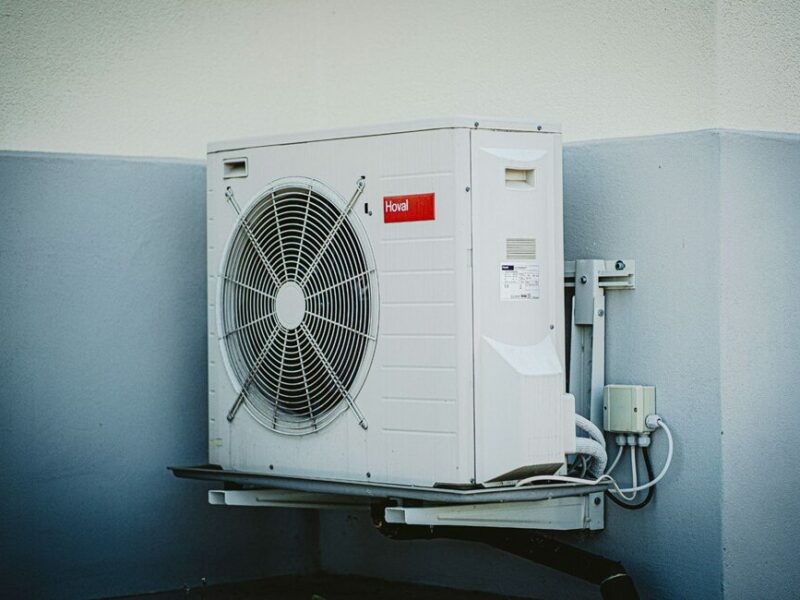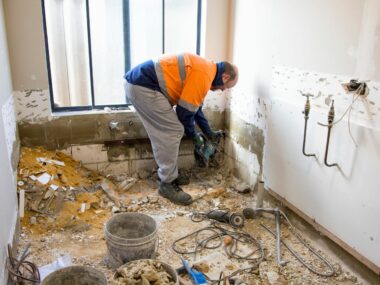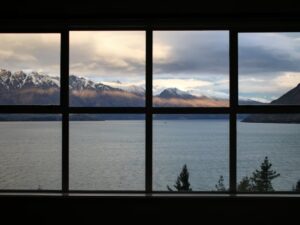Central air systems come at a higher upfront cost but can save money over time on utility bills and provide one-size-fits-all temperature control in your home.
Ductless systems offer lower initial costs than comparable central systems and often come equipped with heating functionality, making them the ideal solution for new additions, historic homes, or rooms without ductwork.
Cost
Your home’s heating and cooling system is one of your largest expenses. It controls how hot or cool your home is, maintains optimal humidity levels and gives you comfort – but choosing which system to purchase may seem daunting. Ductless mini-split systems offer many advantages over traditional central air systems but may come at an initial price that might be prohibitive for some consumers.
Central air is less costly upfront and more suitable for homes that already have existing ductwork without needing modifications for the installation of a new system. Furthermore, central air often boasts greater energy efficiency in comparison with its ductless counterpart, offering higher potential energy savings as well as providing advanced filter options not available with mini-split models. You can click the link: https://www.energy.gov/energysaver/efficient-home-design for tips on improving your home’s energy efficiency.
Central air is inefficient because it heats or cools every room all of the time, even when no one is present in that particular space. This wastes energy and can drive up utility costs significantly; additionally, leaky ducts reduce efficiency, further increasing costs.
Energy Efficiency
Ductless systems offer higher energy efficiency compared to central air systems. This is achieved because ductless systems do not rely on ductwork to distribute air. Instead, small tubing transports refrigerant between indoor and outdoor units before cool air blows from each indoor unit directly into each room or zone – saving on wasted energy by cooling only those areas you need while saving money by not cooling empty rooms.

Ductless systems offer quieter operation than central air systems, making them the ideal solution for homes that need to be conducive to concentration or relaxation. While ductless air systems cannot compare in terms of their quiet operation, they still create an enjoyable environment.
One drawback of ductless systems is their increased maintenance requirements since dirt can easily enter through their vents into older homes with existing ductwork. You can learn more about cleaning your ducts by clicking the link.
Ductless air conditioning systems are typically less costly to install due to no need for ductwork installation, making them an attractive option for new construction and home addition projects that cannot fit traditional ducts. They are also perfect for new homes without traditional ducts being fitted – however, homeowners who prioritize aesthetics should choose central systems; hiding those large boxes can be hard on walls or ceilings.
Installation
Ductless air conditioners operate room by room using an indoor unit that circulates cooled air directly to each area, giving homeowners more control over temperature control while eliminating wasteful cooling costs for rooms not in use. Unfortunately, however, ductless systems may not be ideal solutions for older homes with existing ductwork.
Ductless systems are also ideal for homes that have recently added on new areas like a garage, basement, or attic living area without access to central air ductwork for installation of central AC. Installation is much simpler in these spaces than retrofitting all of homes with ducts; many contractors offer same-day installations.

One drawback of ductless systems is their potential unsightliness; though HVAC manufacturers strive to design them discreetly, their units still often stand out prominently in a yard or house, detracting from their aesthetic and sometimes bothersome for some homeowners who prefer more discreet styles of cooling systems. Therefore, it is wise to consult an HVAC expert like the ones at First Rate Plumbing Heating and Cooling on both options to decide on one that suits your home best. It is essential to do your research, as well.
Maintenance
Air conditioning systems need regular maintenance as well as occasional repairs and replacement of components like motor and compressor parts, which can add up quickly in costs. Luckily, most air conditioning contractors offer maintenance plans to offset some of these expenses associated with upkeep.
Though central air systems offer some benefits, they often do not compare favorably with ductless systems when it comes to energy efficiency and individual room control. Even the most energy-efficient central air systems only reach up to 26 SEER (seasonal energy efficiency ratio); by contrast, ductless systems can reach 42 SEER.
As many older homes lack ductwork, retrofitting them with central air systems is often prohibitively expensive. Ductless systems offer an economical and modern alternative that can easily be installed in most homes without altering their architectural integrity or decreasing the value of your property. Ductless units also make an excellent addition to rooms like garages, finished basements, and attic guest bedrooms that might otherwise not have access to air conditioning; adding a ductless system may increase value.










